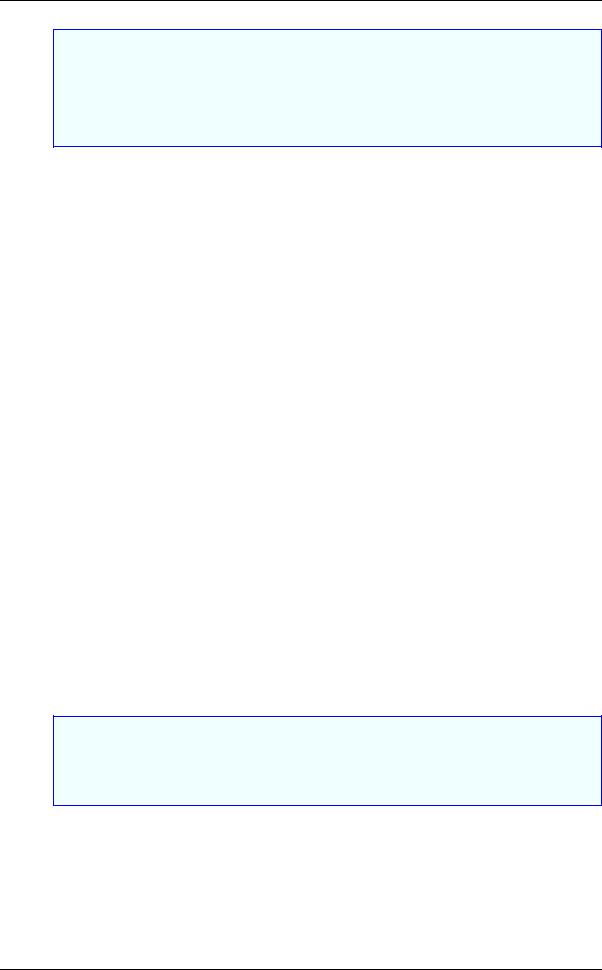
- •Firebird Generator Guide
- •Table of Contents
- •Introduction
- •What is this article about?
- •Who should read it?
- •Generator Basics
- •What is a generator?
- •What is a sequence?
- •Where are generators stored?
- •What is the maximum value of a generator?
- •Client dialects and generator values
- •How many generators are available in one database?
- •Older InterBase and Firebird versions
- •Generators and transactions
- •SQL statements for generators
- •Statement overview
- •Firebird 2 recommended sytax
- •Use of generator statements
- •Dropping generators in old IB and Firebird versions
- •One for all or one for each?
- •Can you re-use generator values?
- •Generators for IDs or auto-increment fields
- •Before Insert trigger, version 1
- •Before Insert trigger, version 2
- •Before Insert trigger, version 3
- •What else to do with generators
- •Using generators to give e.g. transfer files unique numbers
- •Generators to monitor and/or control long-running Stored Procedures
- •Document history
- •License notice

Firebird Generator Guide
Firebird 2 notes
•Firebird 2 saw the introduction of an additional system generator, called RDB$BACKUP_HISTORY. It is used for the new NBackup facility.
•Even though the SEQUENCE syntax is preferred, the RDB$GENERATORS system table and its columns have not been renamed in Firebird 2.
What is the maximum value of a generator?
Generators store and return 64-bit values in all versions of Firebird. This gives us a value range of:
-263 .. 263-1 or -9,223,372,036,854,775,808 .. 9,223,372,036,854,775,807
So if you use a generator with starting value 0 to feed a NUMERIC(18) or BIGINT column (both types represent 64-bit integers), and you would insert 1000 rows per second, it would take around 300 million years (!) before it rolls over. As it is pretty unlikely mankind will still walk on this planet by then (and still use Firebird databases), that's nothing to be really worried about.
A word of warning though. Firebird speaks two SQL “dialects”: dialect 1 and dialect 3. New databases should always be created with dialect 3, which is more powerful in a number of respects. Dialect 1 is a compatibility dialect, to be used only for legacy databases that were first created under InterBase 5.6 or earlier.
One of the differences between the two is that dialect 1 has no native 64-bit integer type available. NUMERIC(18) columns for instance are stored internally as DOUBLE PRECISION, which is a floating point type. The biggest integer type in dialect 1 is the 32-bit INTEGER.
In dialect 1 as in dialect 3, generators are 64-bit. But if you assign the generated values to an INTEGER column in a dialect 1 database, they are truncated to the lower 32 bits, giving an effective range of:
-231 .. 231-1 or -2,147,483,648 .. 2,147,483,647
Although the generator itself would go on from 2,147,483,647 to 2,147,483,648 and beyond, the truncated value would wrap around at this point, giving the impression of a 32-bit generator.
In the situation described above, with 1000 inserts per second, the generator-fed column would now roll over after 25 days (!!!) and that is indeed something to have an eye on. 231 is a lot, but then again not that much depending on the situation.
Note
In dialect 3, if you assign generator values to an INTEGER field, all goes well as long as the values lie within the 32-bit range. But as soon as that range is exceeded, you get a numeric overflow error: dialect 3 is much stricter on range checking than dialect 1!
Client dialects and generator values
Clients talking to a Firebird server can set their dialect to 1 or 3, regardless of the database they are connected to. It is the client dialect, not the database dialect, that determines how Firebird passes generator values to the client:
5
